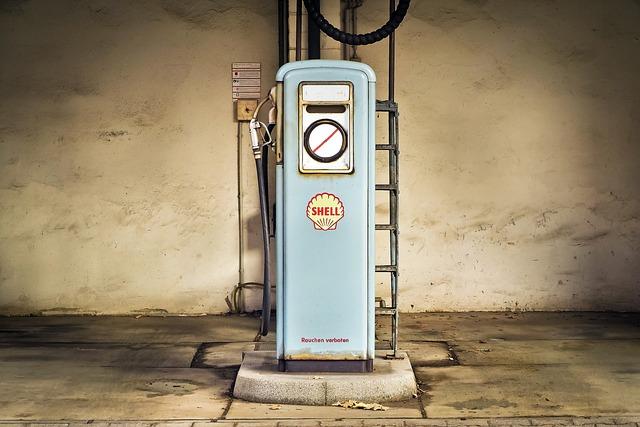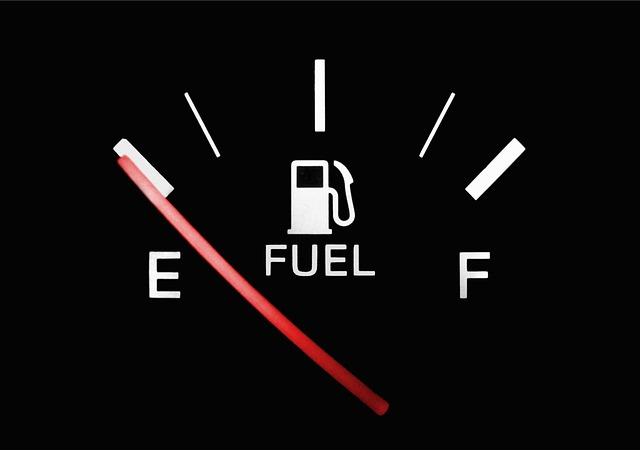- Introduction to Reversible Fuel Cells
- How Reversible Fuel Cells Work
- Advantages of Reversible Fuel Cells
- Applications in Energy Storage and Beyond
- Future Implications and Developments
- Conclusion: The Role of Reversible Fuel Cells in a Sustainable Future
- FAQs
- References
Introduction to Reversible Fuel Cells
Reversible fuel cells (RFCs) represent an innovative technology with the potential to drastically change energy storage and management. Capable of functioning as both electrolyzers and fuel cells, RFCs provide the capability to harness energy more efficiently through reversible chemical processes, using hydrogen or other fuels to capture, store, and release energy. This versatility allows RFCs to bridge the gap between renewable energy sources and storage systems.
Throughout this article, we explore how RFCs work, their benefits, applications in various fields, and future implications. Additionally, a FAQs section will answer some commonly posed questions about this game-changing technology.
How Reversible Fuel Cells Work

(Image: Pixabay/@652234)
A reversible fuel cell essentially works in two operational modes based on its role as an energy supplier or storage device. In the first mode, the fuel cell acts like a conventional energy source, combining hydrogen and oxygen to produce electricity and water as a byproduct. In the second mode, the cell switches to an electrolyzer, using electricity (typically produced from renewable energy sources) to split water into hydrogen and oxygen.
This flexibility is what makes reversible fuel cells so unique and advantageous. Rather than relying on separate technologies for electrolysis (splitting water) and fuel cells, RFCs perform both functions within a single system. The ability to reversibly interconvert energy from one form (electricity) into another (hydrogen) allows it to act as both a producer of energy and an energy storage solution.
Electrochemical reactions are at the heart of this process, and they allow reversible fuel cells to achieve exceptional efficiency levels. When functioning in electrolyzer mode, renewable energy like solar or wind is often harnessed to create stored hydrogen. The reaction can be reversed whenever necessary, making hydrogen fuel a clean and sustainable energy source.
The critical component that enables this dual functionality is the fuel cell's electrolyte, which is usually solid oxide or a polymer known as proton exchange membrane (PEM). These materials manage the transport of ions between the cathode and anode during the reaction cycles, optimizing the fuel cell’s performance.
Advantages of Reversible Fuel Cells

(Image: Pixabay/@blauthbianca)
Reversible fuel cells bring several advantages that are beneficial both environmentally and economically. Below are some of the most prominent benefits:
Energy Efficiency: One of the greatest advantages of RFCs is their high efficiency when converting chemical energy into electrical energy and vice versa. Traditional power sources such as combustion-based systems involve greater losses due to heat dissipation, but RFCs bypass these issues, achieving higher operational efficiency.
Clean Energy Solutions: Since reversible fuel cells commonly utilize hydrogen, their operation results in almost zero harmful emissions. Water vapor is the primary byproduct in the fuel-cell mode, making it an excellent solution for decarbonizing entire industries, from automotive to energy storage.
Flexible Applications: As these systems can act both as a storage mechanism by creating hydrogen and as a power source when releasing stored energy, they can help solve the intrinsic problem of intermittent energy supply from renewable resources such as wind and solar.
Reduced Fossil Fuel Dependency: RFCs significantly reduce the need to rely on fossil fuels, bringing forth the potential for zero-carbon energy grids. By storing renewable energy as hydrogen, RFCs can convert excess electricity at peak production times into a usable fuel, helping balance the electric grid.
Applications in Energy Storage and Beyond

(Image: Pixabay/@PublicDomainPictures)
Reversible fuel cells offer a wide range of applications across various sectors. Below are some of the central areas in which RFCs have vast potential:
Energy Storage: As more countries and industries switch to renewable energy, storage becomes a significant challenge due to the intermittent nature of things like wind and solar power. RFCs present a viable solution to store excess electricity, particularly during low-demand periods, for later use during peak demand. Hydrogen generated by renewable sources can serve as long-term storage while eliminating concerns of seasonal variability.
Transportation: RFCs are being explored in both aviation and marine sectors as potential clean energy replacements for traditional fossil fuels. Marine vessels and aircraft can generate and store power in real-time, using hydrogen during journeys and refueling at ports equipped with fuel cells and electrolyzers.
Portable Power Generation: RFCs can be used across military bases, field units, and disaster relief operations where off-grid, portable solutions are required. Their high level of energy density compared to traditional battery systems means deployment over longer periods without the need for refueling or recharging.
Industry and Manufacturing: Large industries that require massive energy inputs—such as steel manufacturing, cement production, or heavy industrial machinery—can adopt RFCs for cleaner operations. This would further accelerate energy transitions to carbon-neutral processes, reducing the environmental impact of these high-energy sectors.
Future Implications and Developments

(Image: Pixabay/@graphicartsangla)
The future of reversible fuel cells looks promising, owing to ongoing technological advancements and increasing global awareness of the need to transition to cleaner energy sources. Several trends and areas of development may point toward a bright future for RFC technologies:
R&D Investments: Major investments by both public and private sectors are underway. These investments are being channeled into improving the efficiency, durability, and scalability of RFC systems. As technological advancements progress, economies of scale are expected to lower the costs of hydrogen production and storage.
Hydrogen Infrastructure Expansion: A major hurdle for widespread adoption of RFCs is hydrogen infrastructure. Governments around the world are beginning to develop extensive hydrogen pipelines and fueling stations, anticipating RFC-expandable technologies in key industries like transportation and energy generation.
Integration with Smart Grids: Future smart grids that integrate decentralized, renewable energy sources could benefit tremendously from RFC incorporation. By actively managing RFCs in response to grid conditions, energy supply could be stabilized and optimized for overall efficiency.
Energy Resilience: As natural disasters, cyber-attacks, or energy shortages threaten power security, the inherent resilience of RFC systems becomes undeniable. Distributed energy systems based on RFCs could ensure minimal disruptions in future energy scenarios.
Conclusion: The Role of Reversible Fuel Cells in a Sustainable Future
Reversible fuel cells stand at the crossroads of innovation in energy storage and generation. Their dual function as both fuel-cell generators and electrolyzers provides endless possibilities to store renewable energy and later retrieve it. As sustainability becomes a leading goal for global energy systems, RFC technology will play a vital role in realizing a future less dependent on fossil fuels.
While the technology still faces challenges in scaling and infrastructure development, it offers many exciting prospects for transforming industries, powering transportation, and stabilizing energy grids. With continued investment and research, RFCs are positioned to become a cornerstone of the hydrogen economy and drive humanity towards a cleaner, more reliable source of energy.
FAQs
What is a reversible fuel cell?
A reversible fuel cell (RFC) is a type of fuel cell capable of operating in two modes: generating electricity by combining hydrogen and oxygen or storing energy by splitting water into hydrogen and oxygen.
How efficient are reversible fuel cells?
Reversible fuel cells tend to be quite efficient, with operational efficiencies far exceeding those of traditional combustion engines. They are also capable of achieving efficiencies of over 60% in practical applications.
Are reversible fuel cells environmentally friendly?
Yes. RFCs are environmentally friendly because they utilize hydrogen as fuel and emit only water vapor during operation, contributing to a reduction in carbon footprint.
Where can reversible fuel cells be applied?
Reversible fuel cells can be applied in various sectors, including energy storage, transportation, industry, and even portable power generation for remote areas and off-grid applications.
What challenges do reversible fuel cells face?
Challenges include the expensive cost of materials, the need for widespread hydrogen infrastructure, and the current limitations in scalability. However, ongoing research aims to overcome these hurdles.

